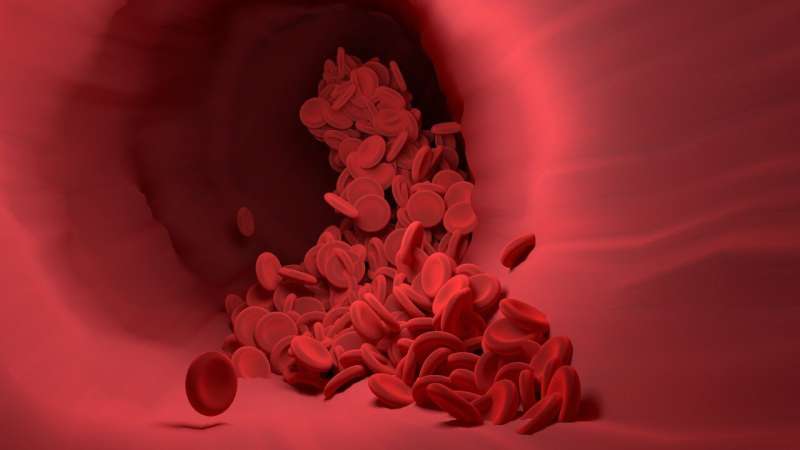Breakthrough in Cuff-Free Blood Pressure Monitoring Using Optical Technology

Researchers have developed a groundbreaking optical technology using speckle contrast spectroscopy (SCOS) for cuffless blood pressure monitoring, offering more comfortable and continuous cardiovascular tracking.
Researchers have made a significant advancement in the quest for cuffless blood pressure measurement, introducing a novel technique called speckle contrast optical spectroscopy (SCOS). For the first time, SCOS has demonstrated potential for estimating blood pressure noninvasively from the wrist or finger, which could transform hypertension management. Hypertension affects nearly half of U.S. adults and remains a leading root cause of cardiovascular diseases. Traditional cuff-based devices, while accurate, are often cumbersome and not suitable for frequent use throughout the day. The new SCOS system works by analyzing blood flow through patterns produced when coherent light scatters in tissue. This method captures dynamic blood flow and volume data simultaneously, providing more accurate blood pressure estimates—up to 31% better than approaches relying only on blood volume measurements like photoplethysmography, used in many commercial monitors. The device employs two laser wavelengths to obtain detailed waveforms at higher frame rates, enabling precise tracking of cardiovascular changes during activities such as exercise. Studies involving 30 volunteers showed that this technology reliably predicts systolic blood pressure with low errors, and results remain consistent over time. The promising findings open avenues for developing wearable, continuous blood pressure monitors, which could offer real-time insights into cardiovascular health, especially for conditions like masked hypertension where standard readings are insufficient. The research was a collaborative effort between Boston University and Meta Platforms' Reality Labs and has been published in the journal Biomedical Optics Express. Future work aims to miniaturize the device into a practical wearable and enhance data processing capabilities for use during daily activities. This innovative optical approach could revolutionize how we monitor and manage blood pressure, making hypertension detection easier, more comfortable, and more accurate.
Stay Updated with Mia's Feed
Get the latest health & wellness insights delivered straight to your inbox.
Related Articles
Majority of U.S. Neurologists Prescribing Multiple Sclerosis Medications Have Received Industry Payments, Study Reveals
A new study reveals that nearly 80% of U.S. neurologists prescribing multiple sclerosis drugs have received payments from pharmaceutical companies, influencing prescribing practices and healthcare costs.
How Minute Cellular Interactions Help Cancer Spread and Potential Therapeutic Opportunities
Recent research uncovers how subtle cellular signaling interactions may contribute to cancer metastasis, opening new avenues for targeted therapies that inhibit tumor spread without impairing immune responses.
Declining Childhood Vaccination Rates in South Florida: Who Is at Risk and What Are the Causes?
South Florida faces a significant decline in childhood vaccination rates, increasing the risk of preventable disease outbreaks. Learn about the causes, current statistics, and public health implications.
Clopidogrel May Surpass Aspirin for Long-Term Management of Coronary Artery Disease
A new study suggests clopidogrel may be more effective than aspirin for long-term prevention of heart attacks and strokes in patients with coronary artery disease, without increased bleeding risk.



